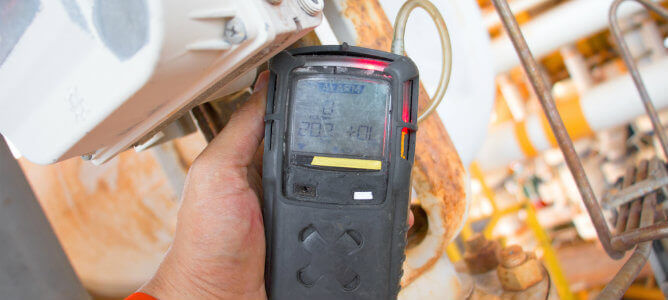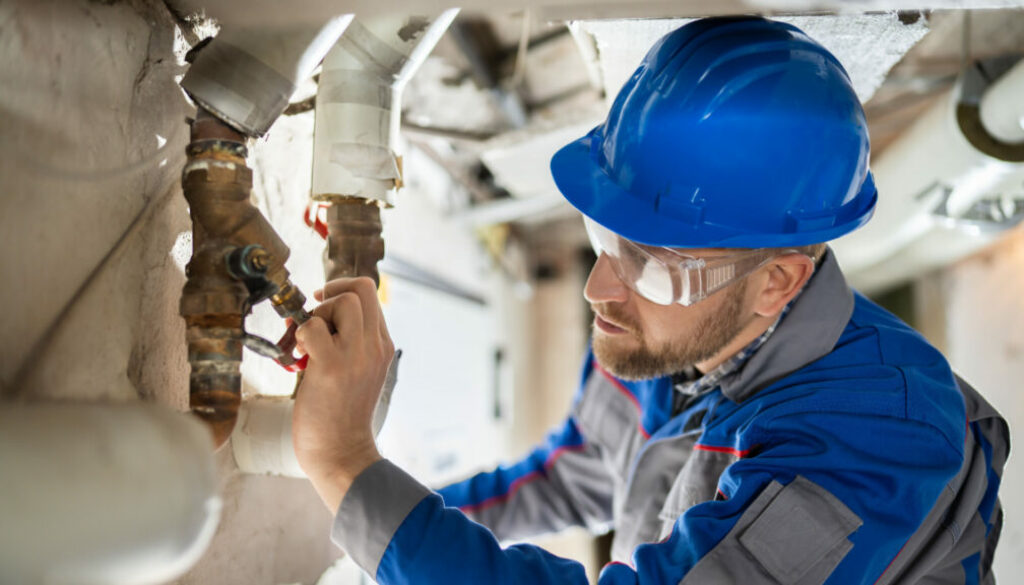Nitrogen testing is an important tool used by farmers, gardeners, and other agricultural professionals to understand the nitrogen levels in their soil. It helps them determine the type and amount of fertilizer needed to maintain healthy crops and plants. But what exactly does nitrogen testing involve? In this blog post, we’ll explain everything you need to know about nitrogen testing, from the process to the results and more.
Why is Nitrogen Testing Important?
Nitrogen testing for hose assemblies is an important part of maintenance and safety for many industries. Nitrogen testing helps to ensure that hoses are functioning as expected and are safe to use. Testing can detect leaks, blockages or any other anomalies in a hose assembly that could potentially cause serious problems. Regular nitrogen testing can help to prevent hazardous situations, costly repairs, and unplanned downtime. It’s also important to note that nitrogen testing should be performed by a qualified technician who has experience with this type of testing. A qualified technician can interpret the results correctly and make any necessary repairs to the hose assembly.
What Does Nitrogen Testing Involve?
Nitrogen testing is an important process for ensuring the safety and efficiency of hose assemblies. In a nutshell, nitrogen testing involves pressurizing a hose assembly with nitrogen gas to check for leaks and other defects. The test can detect pressure losses caused by tiny pinholes, cracks, or deformations in the hose wall that are not visible to the naked eye.
The test is performed in a vacuum chamber at a predetermined pressure. A vacuum is created to ensure that the pressure will be evenly distributed over the entire length of the hose. Then, nitrogen gas is added to the chamber and pressurized. If there is a leak, the pressure will drop rapidly, and a technician will be alerted. The technician can then inspect the hose for any damage or defects that may have caused the leak.
By using nitrogen testing for hose assemblies, you can detect potential issues before they become a serious problem. Nitrogen testing is quick and easy, and it provides valuable information about the performance and integrity of your hose assemblies.
How Often Should I Nitrogen Test?
Nitrogen testing is an important part of the maintenance and upkeep of any hose assembly. To ensure your hoses are safe and functioning properly, you should nitrogen test them regularly. The frequency of nitrogen testing can vary depending on the type of hose and its purpose.
For general industrial hose assemblies, it is recommended to nitrogen test at least once a year, or as often as required by the manufacturer. If you use your hose for a specific purpose or in a certain environment that requires more frequent nitrogen testing, then you should test it every three months or so.
It is also important to keep an eye on the pressure gauge of the nitrogen tank. If it drops below 50 psi, then it’s time to replace the nitrogen tank with a new one. You should also inspect all hoses for signs of wear and tear, and if any damage is found, the hose should be replaced immediately.
Remember, proper maintenance and timely nitrogen testing are essential for ensuring the safety of your hoses and the people who use them. By regularly conducting nitrogen tests, you can rest assured that your hose assemblies are up to code and ready to perform reliably in any situation.
How Do I Interpret The Results Of My Nitrogen Test?

Interpreting the results of your nitrogen testing for hose assemblies is important for maintaining the proper level of pressure and preventing any potential damage to your hoses. To interpret your results, you’ll need to look at the pressure reading from your nitrogen test. If the pressure is within the acceptable range, then the hose assembly is ready for use. If the pressure is too low or too high, then the hose assembly may need to be adjusted or replaced.
When interpreting your results, it’s important to keep in mind that the acceptable pressure range will vary depending on the type of hose and its application. Make sure you’re familiar with the manufacturer’s specifications so you can determine whether your results are within the acceptable range. Additionally, it’s important to note that the same hose assembly may require different levels of pressure depending on its application and use.
It’s also important to inspect the hoses visually after performing the nitrogen test. Look for any signs of cracking, wear, or damage that could affect the performance and safety of your hose assembly. If you find any signs of damage, you should replace the hose assembly immediately to prevent any further damage or injury.
Finally, be sure to record your test results in a logbook or other system so you can easily access them in the future. This way, you can easily track changes in pressure over time and make sure that your hose assemblies remain in proper working order.
What Can I Do To Improve My Nitrogen Levels?
Making sure your nitrogen levels are optimal is important for the health of your lawn or garden. Improving your nitrogen levels can be done through a variety of methods, including adding organic matter, composting, and applying fertilizer.
Organic matter is a great way to add nitrogen to your soil naturally. Compost is an especially effective type of organic matter. It helps break down organic material and adds nutrients, such as nitrogen, to your soil. You can easily make your own compost from food scraps, grass clippings, shredded paper, and other organic materials.
Applying fertilizer is another way to improve your nitrogen levels. Fertilizers contain nitrogen and other nutrients that can help your plants grow. However, it is important to read the label on the fertilizer to make sure you are using the correct amounts and types of fertilizer for your plant or lawn. It is also important to make sure you water your lawn or garden regularly so the fertilizer can be absorbed by the soil.
Nitrogen fixing bacteria are microorganisms that convert atmospheric nitrogen into ammonium ions which can be used by plants as a source of nitrogen. Inoculating your soil with these beneficial bacteria can help improve your nitrogen levels over time.
Finally, it is important to check your nitrogen levels regularly. Regular testing will ensure that your nitrogen levels remain at their optimal levels and that you are taking the necessary steps to keep them healthy.

